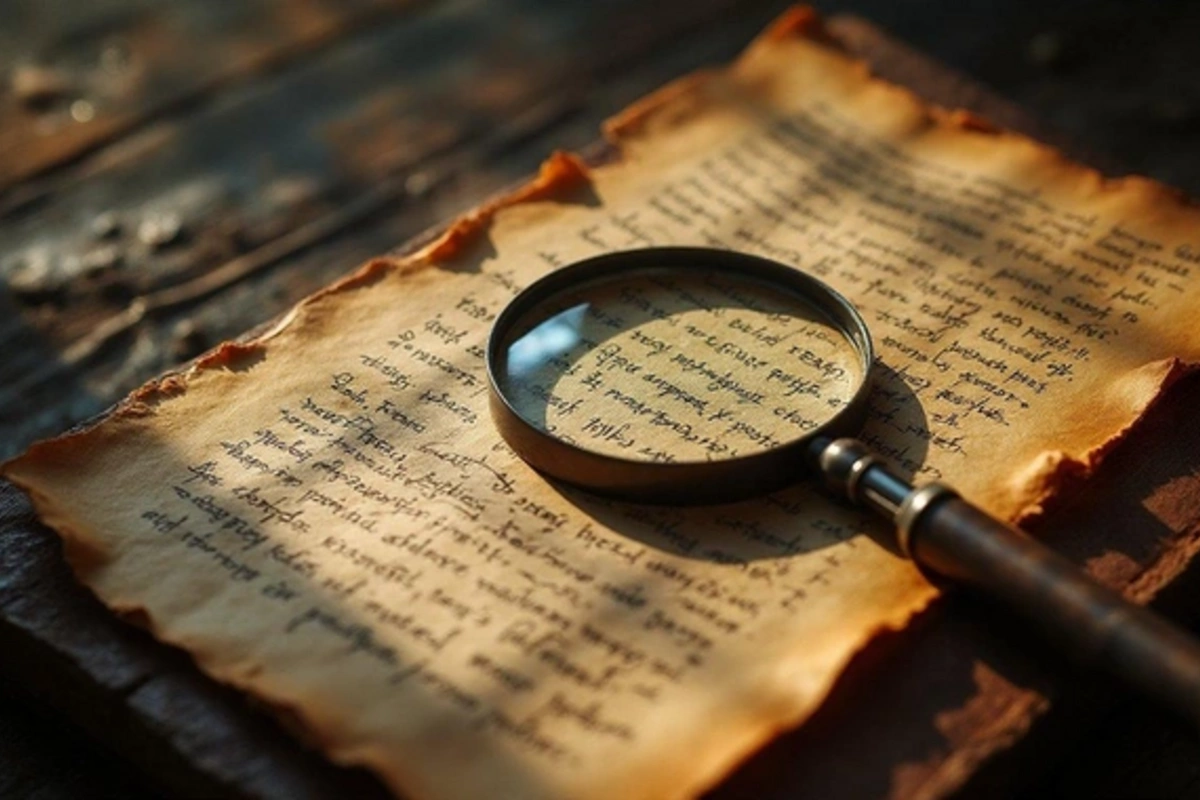23 May , 10:47
0

For millennia, humanity has hidden its secrets behind a veil of ciphers, transforming words into puzzles that challenge time. Ancient manuscripts, full of mysterious symbols and codes, still stir the imagination of scientists, cryptographers, and puzzle enthusiasts. These texts are like portals to the past, where knowledge was protected through ingenious tricks. We present 10 of the most mysterious books whose encrypted messages continue to tease minds.
In the 18th century in Eastern Germany, the Copiale Cipher was found - a manuscript that kept its secrets for centuries. On 105 pages, covered with 75,000 characters, Latin and Greek letters intertwined with abstract signs, creating an impenetrable cipher. For many years the book remained silent until 2011 when a team of scientists, armed with the power of computers, cracked the code.
It turned out that the text in German concealed the rituals and philosophy of a secret society of oculists - a mysterious group obsessed with studying eyes. The cipher was multi-layered: letters were replaced with symbols, and key words were masked with special signs. The Copiale Cipher is a masterpiece of cryptography that proves how far people can go to hide their secrets.
In the 16th century, English occultist John Dee created the Book of Soyga - a text imbued with mysticism and magic. The title of the book, read backwards, turns into "Agios" (holy in Greek), hinting at its mysterious nature. Written in Latin, it is filled with 6x6 magic squares related to planets and the zodiac, as well as encrypted instructions for communicating with angels and demons.
Each square is a puzzle, and the text is a labyrinth of ciphers that have not yet been fully deciphered. The Book of Soyga is not just a text, but a portal to the world of alchemy and occultism, which attracts researchers with its unfathomable depth.
The Rohonc Codex, found in 1838 in Hungary, consists of 448 pages of text and drawings, written in an unknown language with an unknown alphabet. Its origin is shrouded in mystery: a 19th-century forgery or a genuine artifact from the 15th-17th centuries? Paper analysis confirms the book's antiquity, but 87 unique symbols defy decryption.
Some believe the text is written in ancient Hungarian, others see it as a hoax. The illustrations - from religious scenes to strange creatures - only